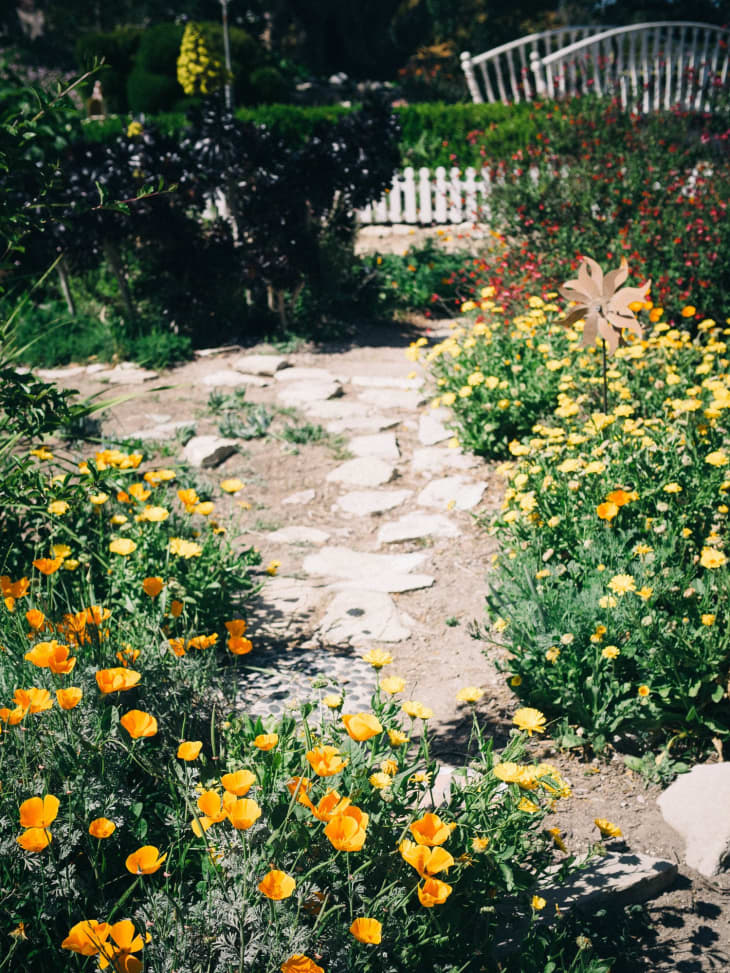Planning Your Planting: Tips for Making a Garden Plan

The best-laid plans for a garden come after living in your home for a year, watching how the sun moves throughout the day in all the seasons, how much moisture you get and where it goes, and whether one area of your yard is more prone to wind than another.
But if you want to get started right away, keep these things in mind as they’ll help you plot out a successful garden.
Evaluating and Choosing a Site
Amount of sunlight and access to water are two major factors that go into selecting a good site for your garden. When evaluating the space, ask yourself:
- How much sun exposure does it receive, and is it mostly morning sun or afternoon sun?
- Are there any sheds, fences, or other objects that can obstruct the sun, especially in fall and winter?
- Do you have deciduous trees that will block the sun in summer, flowering trees that will shed all over your garden bed, or small trees that won’t stay small for long?
- Is the space susceptible to runoff from storms, or does it create a wind tunnel?
- Where is the nearest water faucet, and is it convenient to run a garden hose, soaker hose, or drip irrigation line from the faucet to the garden? Can you see yourself filling a watering can and carrying it to the garden every day?
If you live in a hot desert climate, you may want to consider how the light hits your garden from midday to afternoon when the sun is harshest and your plants are prone to drying out quicker.
On the flip side, you might realize that your yard is shaded for several hours a day, and this will affect what you’re able to grow in that space. Perhaps you can prune a tree to provide more light, or rearrange the patio furniture to make room for a small sunny bed.
If you have your heart set on growing a vegetable garden, you may want to place it close to the kitchen where you have easy access for cooking, or in a spot where you see it every day so you can keep an eye on pests and weeds.
The amount of foot traffic can also be a pro or con when choosing a space. Will your kids trample all over the flower bed in your backyard? Will guests get to enjoy the fragrant border you plant in your entryway?
Costs to Consider
Once you’ve settled on a suitable space, consider the costs of starting a garden there. Figure in the expense of any containers or beds you’ll have to buy or build, the amount of soil you’ll need to fill them, and trellises or arbors you may want to add. Decide how you’ll be irrigating your garden and any labor or equipment costs associated with that, whether you hand water all your plants or have drip lines installed along your beds.
And finally, are there any auxiliary expenses you might incur down the line, such as installation of a potting bench, a compost bin, or a shed to store tools? Will you need to build a fence or a flagstone path as your garden grows?
Protecting Your Garden From Pets and Critters
If you have dogs that freely roam your yard, consider how destructive they could potentially be with a freshly planted garden. Do they like to urinate on greenery? Run through bushes? Eat grass?
Then, there are opossums, raccoons, rabbits, and moles — all of these animals are notorious for wrecking many a garden. Whether it’s a raccoon digging for grubs or a rabbit feasting on cabbage, you have to plan for any possible outcome if your neighborhood is known for these unwanted visitors.
Garden beds that sit at ground level may need protective fencing to deter digging, or you might want to elevate your raised beds even more to keep your furbaby away from your prized berries. Think of all the possible scenarios that could happen with your garden, as they could very well change your mind about the type of garden you want to plant.
Expert Tip: Sketch it out. Take measurements, plan where your containers and beds will go, how all of your plants will be laid out, and even how your irrigation will run through the space. Having this visual on hand will keep you focused on what you actually need when you start shopping.